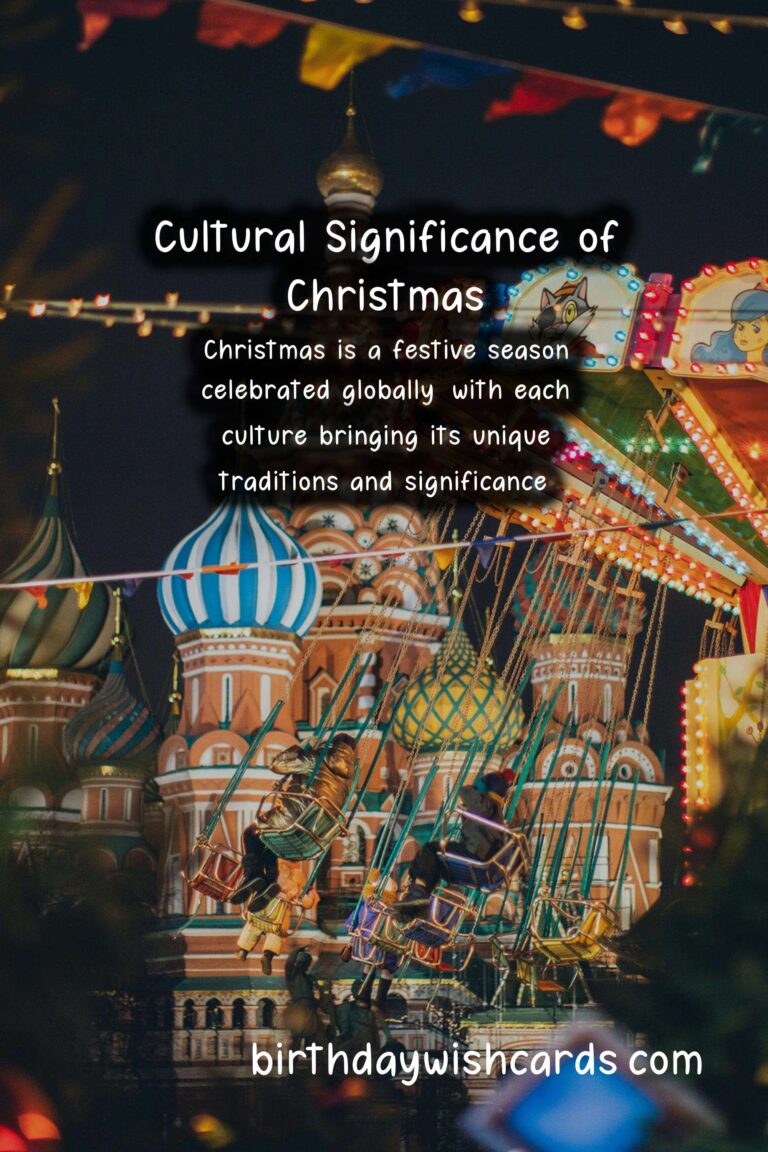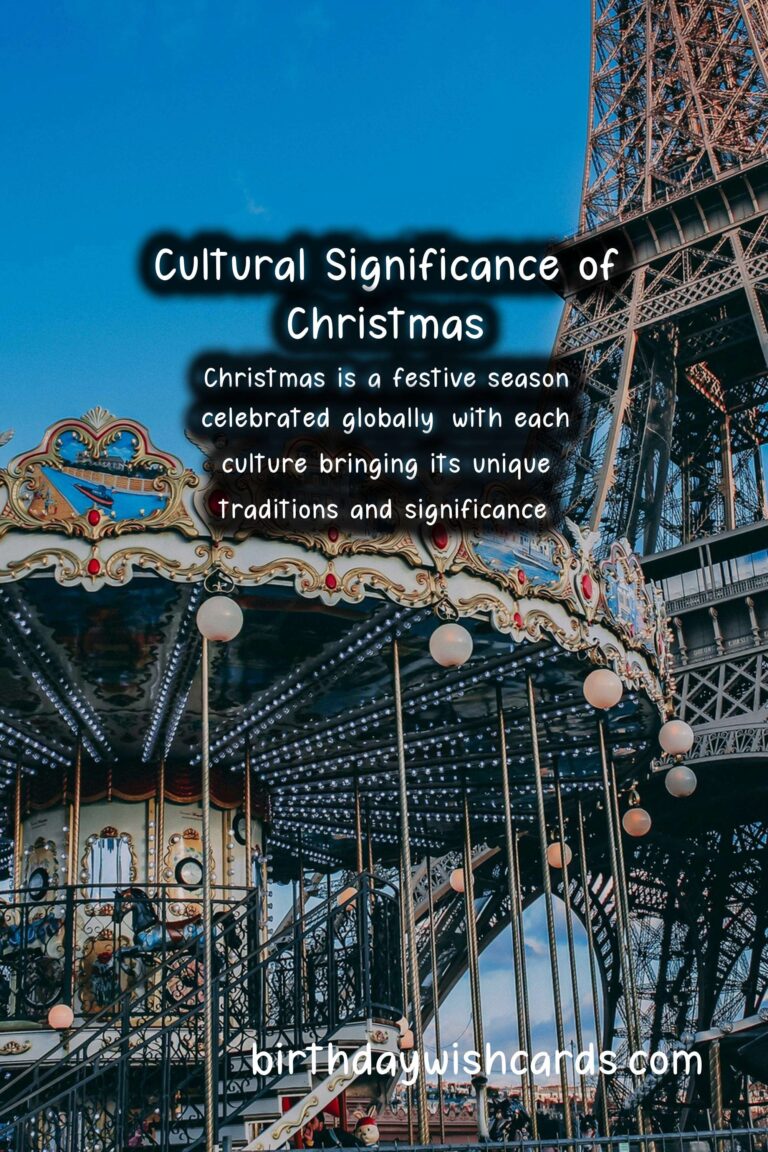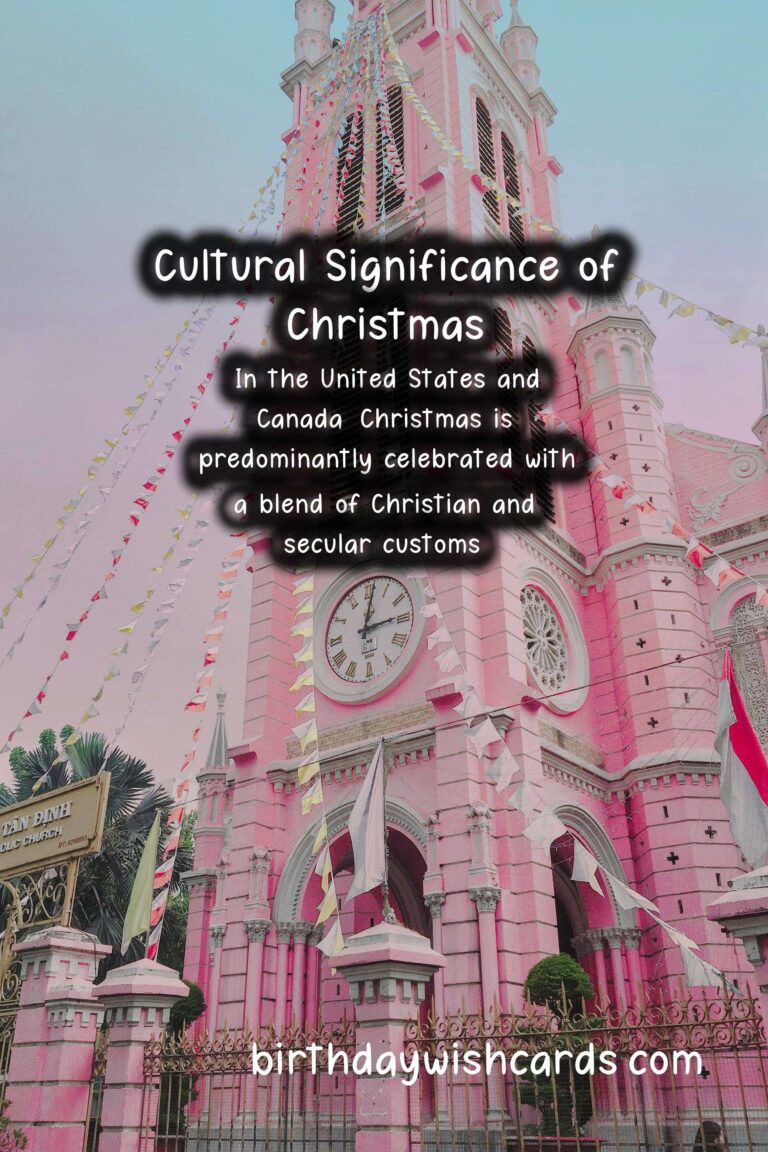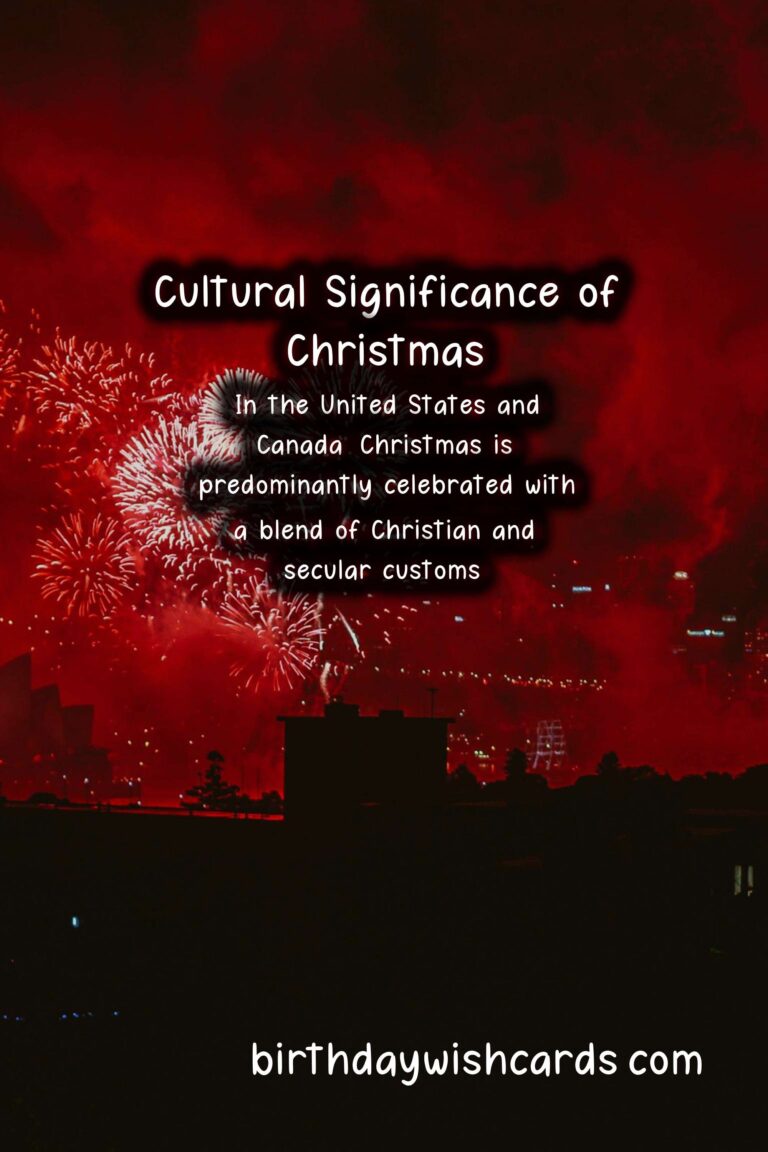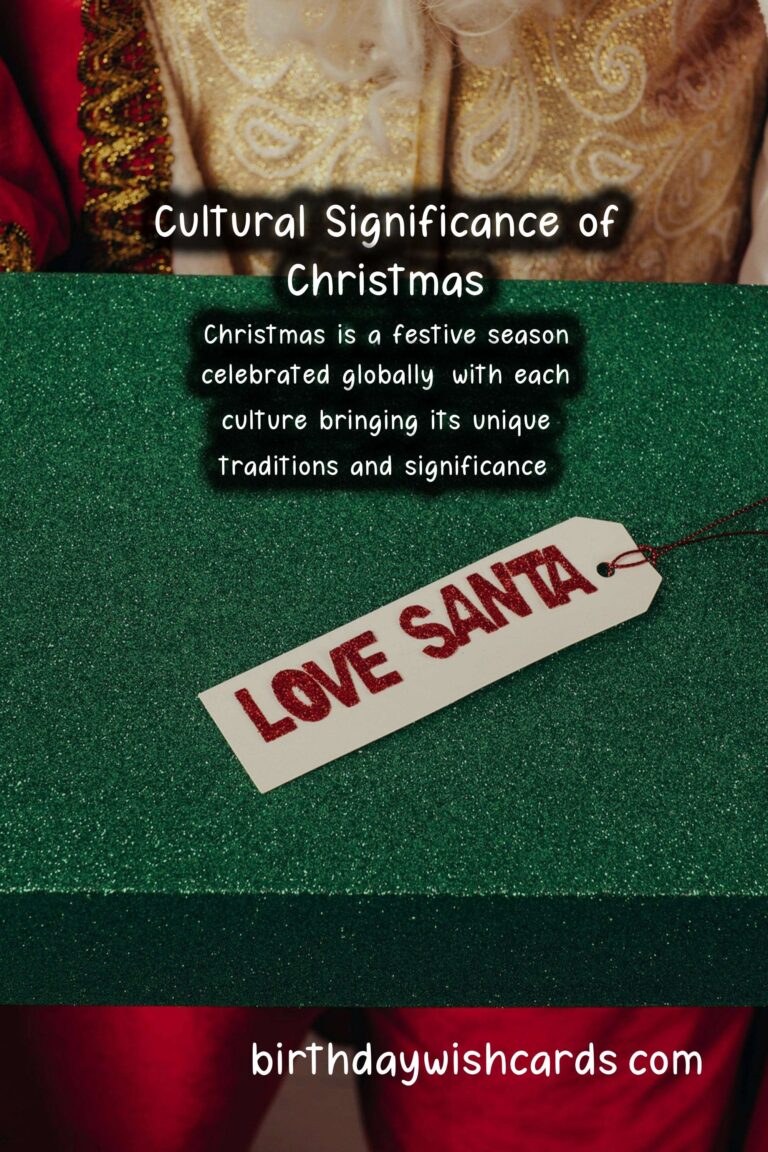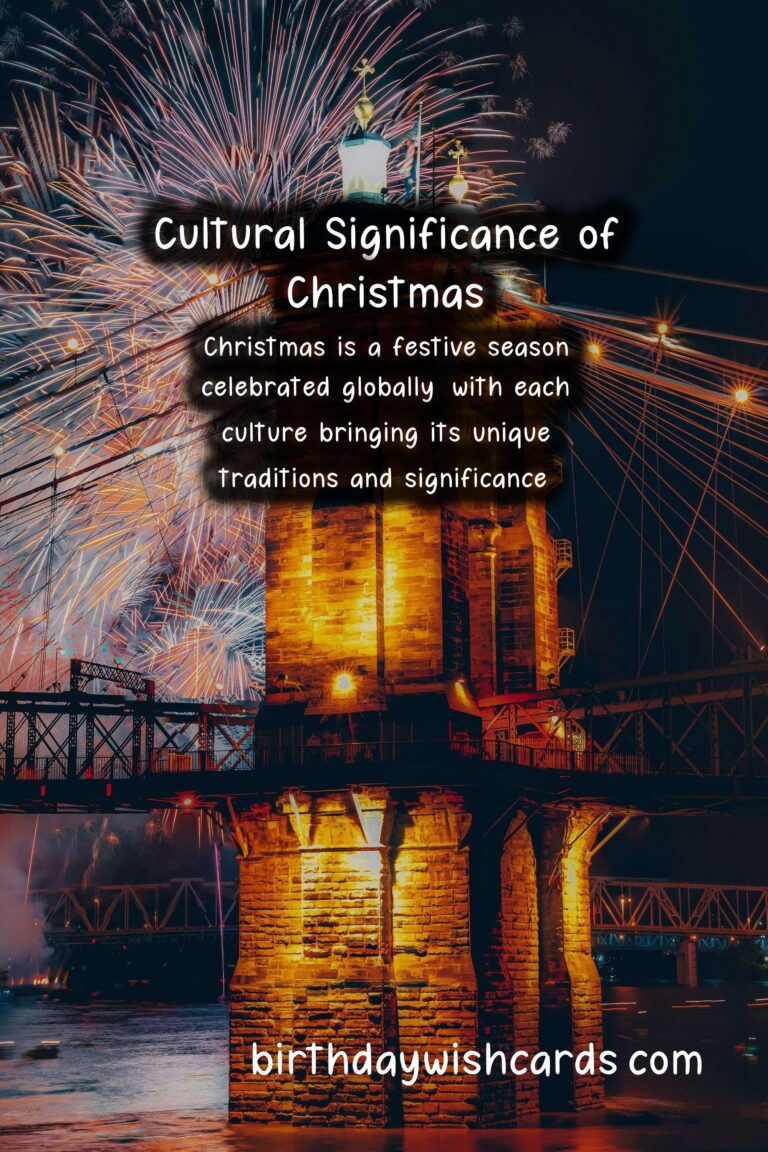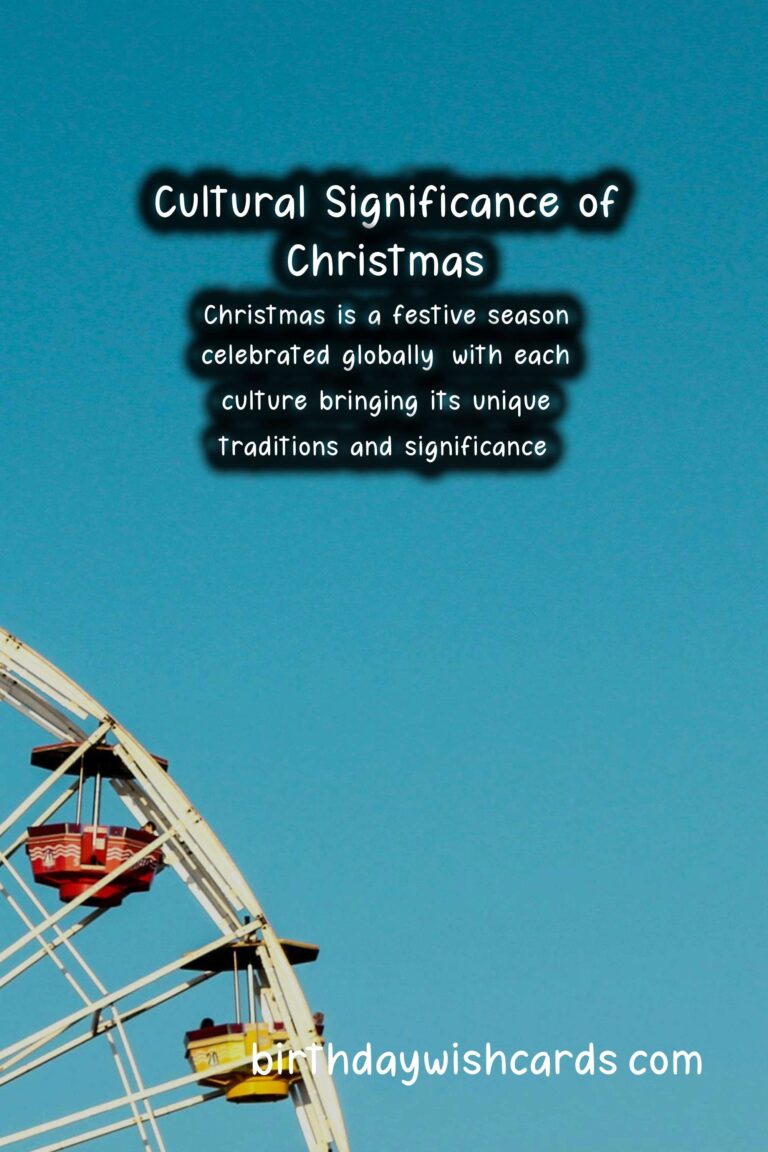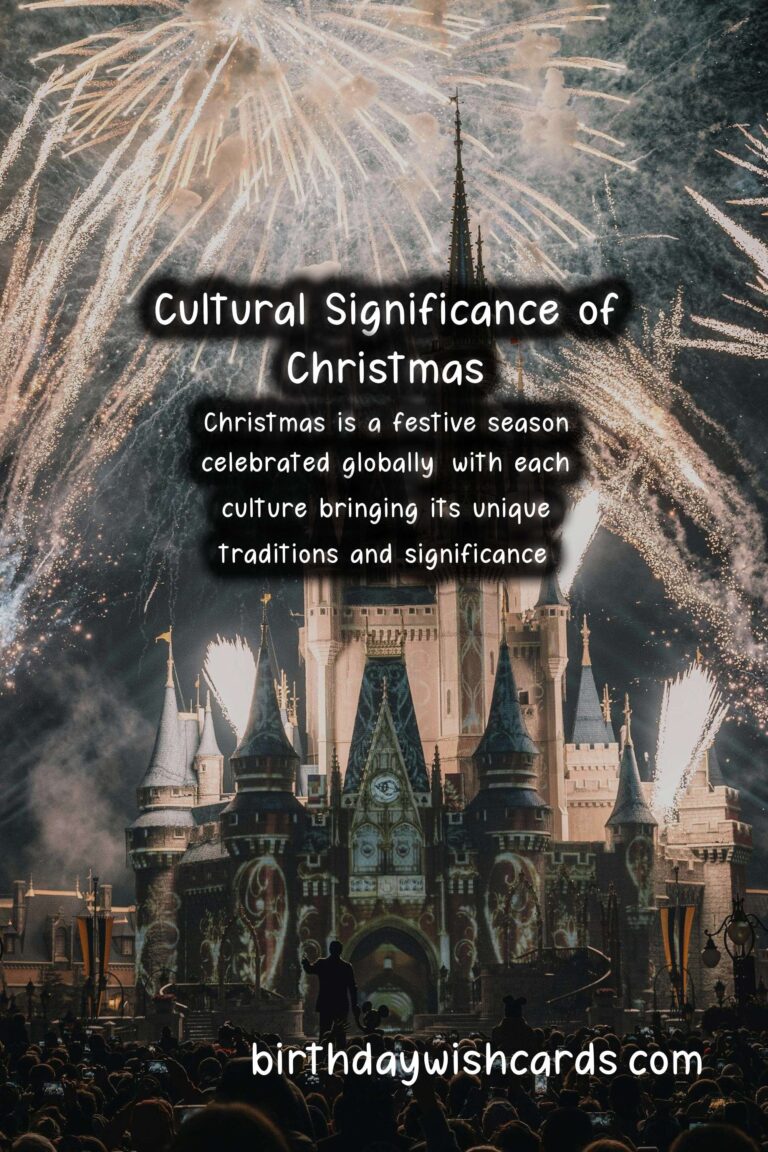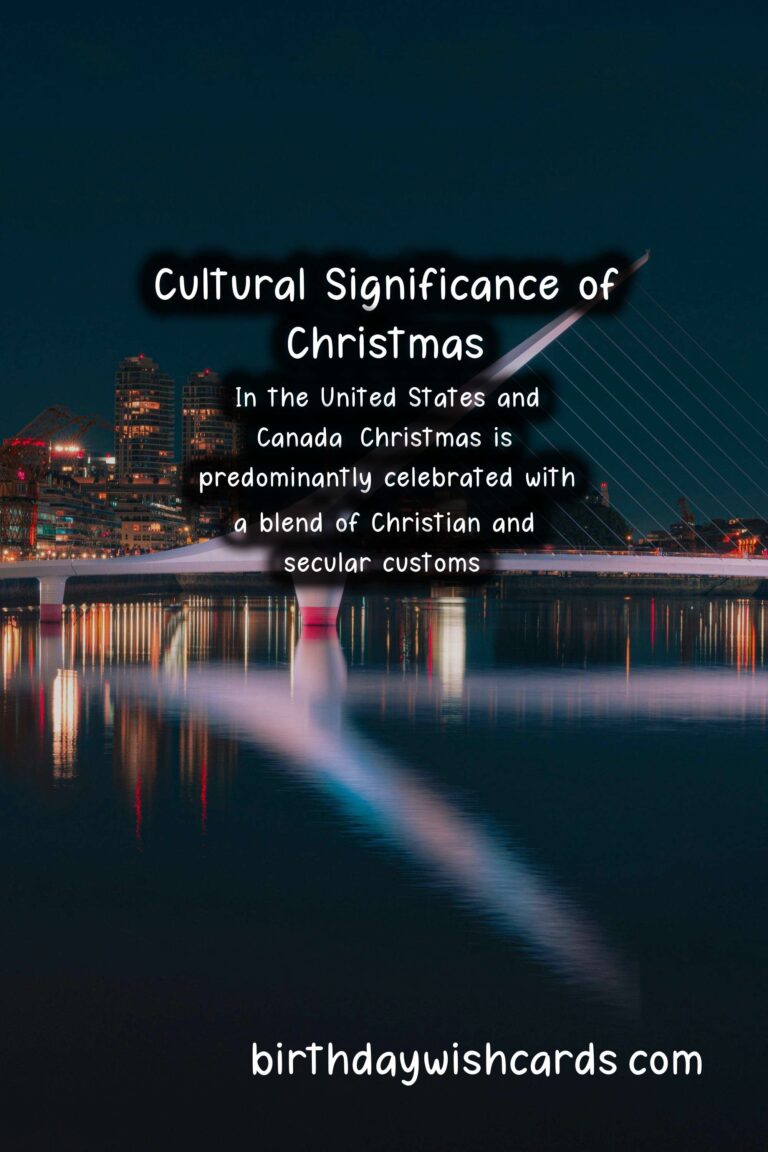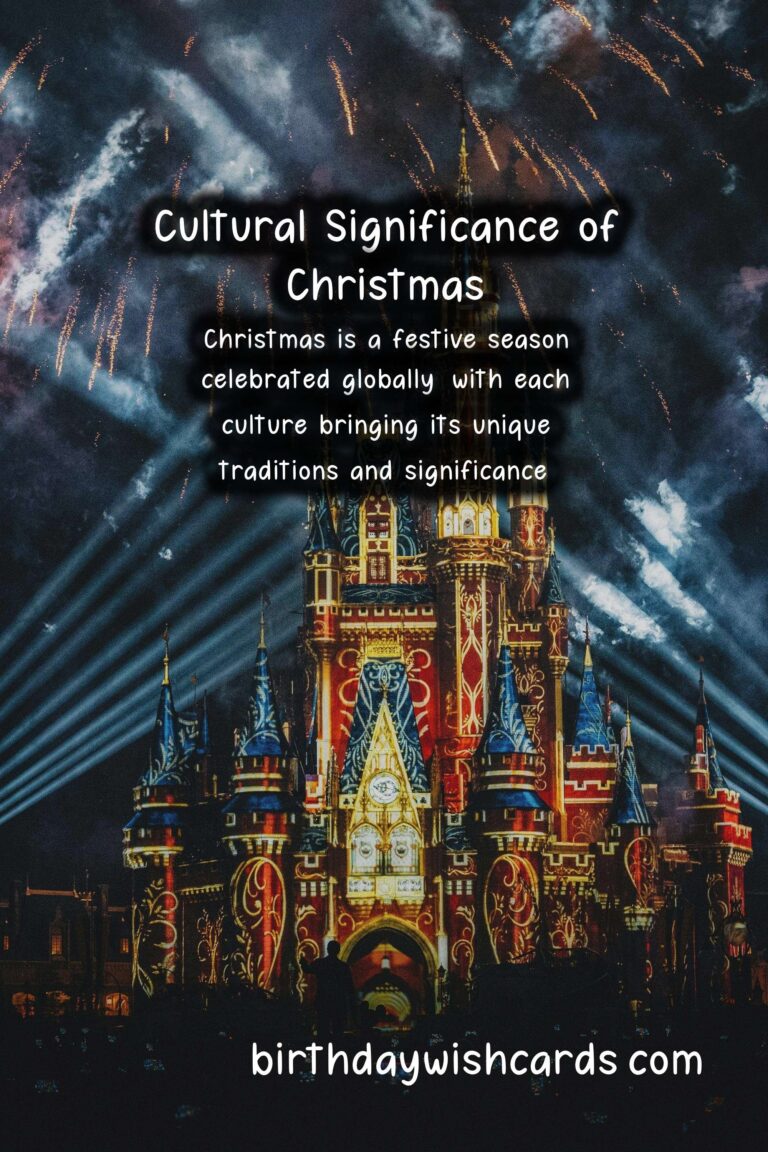
Christmas is a festive season celebrated globally, with each culture bringing its unique traditions and significance to this joyous occasion. Whether it’s the lights adorning the streets of Vienna or the vibrant parades in Mexico, the spirit of Christmas transcends borders and resonates deeply within communities.
Historical Context of Christmas
The origins of Christmas date back to ancient times, with roots in both pagan and Christian traditions. Celebrated on December 25th, it marks the birth of Jesus Christ for many Christians. However, the festivities have incorporated various cultural elements over the centuries, evolving into a multi-faceted celebration enjoyed around the world.
Christmas in North America
In the United States and Canada, Christmas is predominantly celebrated with a blend of Christian and secular customs. Families often gather to decorate their homes, share meals, and exchange gifts.
One of the most iconic symbols of Christmas in North America is Santa Claus, who is said to deliver presents to children around the world on Christmas Eve. The tradition of Christmas trees, caroling, and festive lights has become a staple in neighborhoods across the continent, showcasing the communal spirit of the holiday.
Christmas Traditions in Europe
In Europe, Christmas traditions vary widely from country to country. For example, in Germany, Advent calendars are an essential part of the lead-up to Christmas, counting down the days until December 25th. Additionally, Christmas markets filled with handcrafted gifts and delicious treats attract visitors in cities such as Munich and Nuremberg.
In the UK, Christmas crackers are a popular festive tradition and are often pulled between two people before the Christmas meal. These colorful packages contain small gifts, jokes, and party hats, adding a delightful surprise to the celebrations.
Christmas Celebrations in Latin America
Latin American countries celebrate Christmas with enthusiastic festivities that blend religious significance and cultural traditions. In Mexico, for instance, the Las Posadas celebration reenacts Mary and Joseph’s search for shelter, culminating in a feast on Christmas Eve.
Throughout the region, vibrant fireworks and lively music fill the air, and families often gather for midnight Mass, showcasing the deep-rooted Catholic heritage that influences their celebrations.
Christmas in Asia
Although Christmas is not widely celebrated in many Asian countries, it has gained popularity in urban areas, often taking on a commercialized aspect. In countries like Japan, where only about 1% of the population identifies as Christian, Christmas is celebrated with a festive spirit, emphasizing romantic relationships rather than religious significance.
In the Philippines, however, Christmas is remarkably special. The holiday season starts as early as September, with spectacular lantern festivals and huge gatherings of family and friends. The poignant Simbang Gabi, or Night Mass, is a key tradition that unites communities during this season.
The Influence of Modernization on Christmas
In today’s globalized world, the essence of Christmas has transformed significantly with modernization. Social media plays a pivotal role in how people share their celebrations, creating a melting pot of cultures that enrich the Christmas experience. Global brands promote Christmas-themed products, and many communities embrace universal symbols like Santa and the Christmas tree, bridging cultural gaps.
Conclusion
Ultimately, the importance of Christmas varies across cultures, yet its underlying themes of love, compassion, and togetherness unite people everywhere. Whether celebrated with religious fervor or as a secular holiday, Christmas remains a powerful testament to humanity’s capacity for joy and connection.
Christmas is a festive season celebrated globally, with each culture bringing its unique traditions and significance. In the United States and Canada, Christmas is predominantly celebrated with a blend of Christian and secular customs. 
